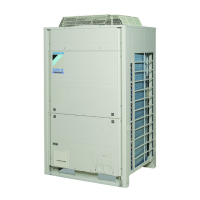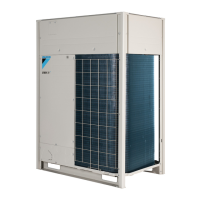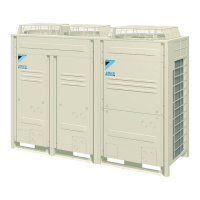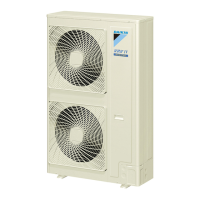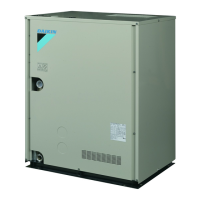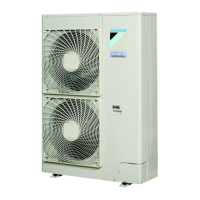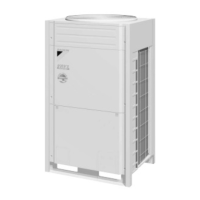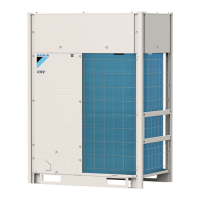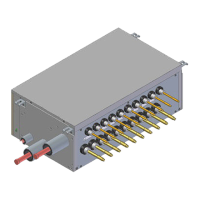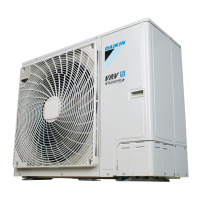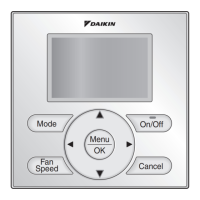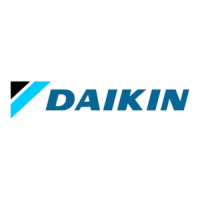FXLQ20~63P7VEB
VRV System air conditioners
4PW53089-1B
Installation and operation manual
4
REFRIGERANT PIPING WORK
For refrigerant piping of outdoor unit, refer to the installation manual
supplied with the outdoor unit.
Before rigging tubes, check which type of refrigerant is used.
■ Use a pipe cutter and flare suitable for the used refrigerant.
■ To prevent dust, moisture or other foreign matter from infiltrating
the tube, either pinch the end, or cover it with tape.
■ Use copper alloy seamless pipes (ISO 1337).
■ The outdoor unit is charged with refrigerant.
■ To prevent water leakage, execute heat insulation work
completely on both sides of the gas and liquid piping. When
using a heat pump, the temperature of the gas piping can reach
up to approximately 120°C. Use insulation which is sufficiently
heat resistant.
■ Be sure to use both a spanner and torque wrench together when
connecting or disconnecting pipes to/from the unit.
■ Do not mix anything other than the specified refrigerant, such as
air, etc..., inside the refrigerant circuit.
■ Use annealed material only for flare connections.
■ Refer to the table below for the dimensions of flare nut spaces
and the appropriate tightening torque. (Overtightening may
damage the flare and cause leaks.)
■ When connecting the flare nut, coat the flare inner surface with
ether oil or ester oil and initially tighten 3 or 4 turns by hand
before tightening firmly.
■ Make sure there is no refrigerant gas leak. A toxic gas may be
released by the refrigerant gas leaking indoor and being
exposed to flames from an area heater, cooking stove, etc. If the
refrigerant gas leaks during the work, ventilate the area.
■ Finally, insulate as shown in the figure below.
NOTE
When mounting the unit to a wall, operating sound may
become bigger.
All field piping must be provided by a licensed refrigeration
technician and must comply with the relevant local and
national codes.
13
9
10
8
9
8
10
13
12
12
11
12
4
3
1 Torque wrench
2 Spanner
3 Piping union
4 Flare nut
Pipe gauge
(mm)
Tightening
torque (N•m)
Flare dimension
A (mm)
Flare shape
Ø6.4 15~17 8.7~9.1
Ø9.5 33~39 12.8~13.2
Ø12.7 50~60 16.2~16.6
Ø15.9 63~75 19.3~19.7
1 Insulation for gas pipe (accessory part)
2 Sealing pad (accessory part) (wrapped over union)
3 Clamp (4x accessory part)
4 Gas pipe
5 Insulation for liquid pipe (accessory part)
6 Liquid pipe
Be sure to insulate local piping all the way into the
pipe connections inside the unit.
Exposed piping may cause condensation or may
cause burns when touched.
R=0.4~0.8
45°
±2
90°
±2
A
1
2
3
4
6
5
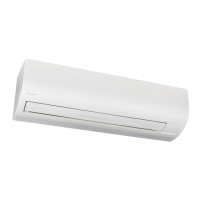
